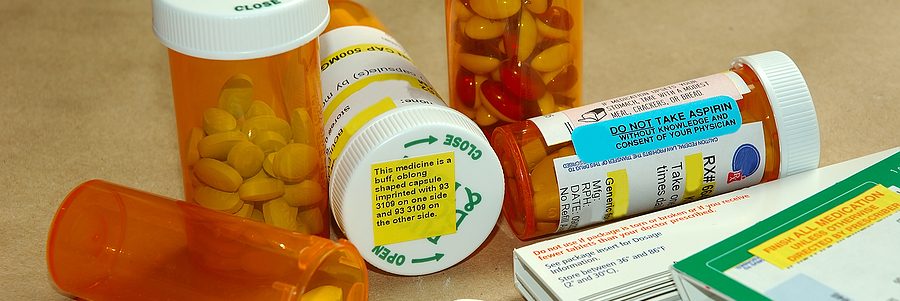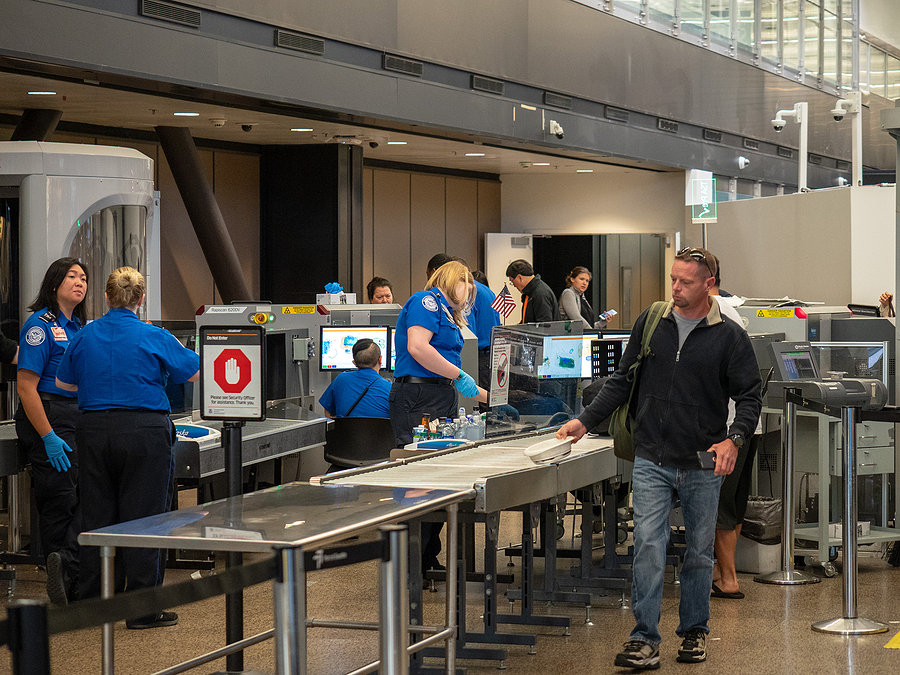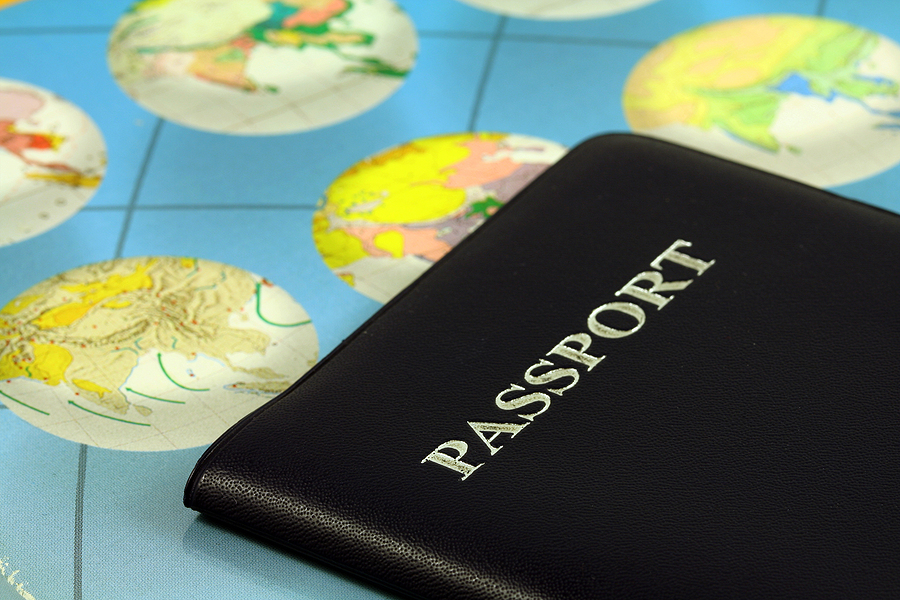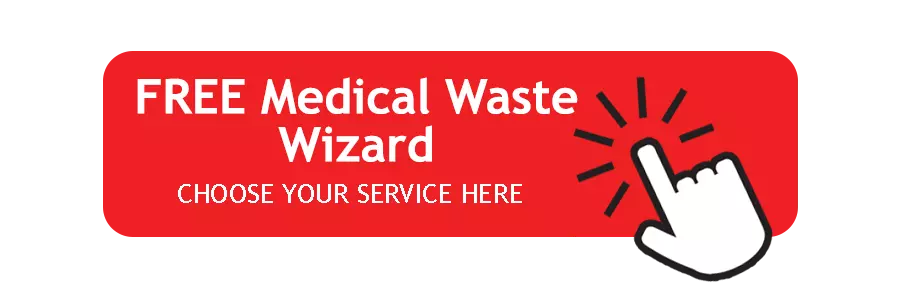The Do’s And Don’ts Of Traveling With Medicine

Traveling With Medicine
Traveling with medicine has more do’s and don’ts than you realize. What can you do with prescribed medicine when you travel? What can’t you do? US and foreign customs regulations can be just as surprisingly strict for simple over-the-counter medication as they are for controlled substances. TSA checkpoints require specific procedures before you can board a plane.
Do’s and Don’ts for TSA
To make your screening process faster and smoother, there are a few things you should know:
Prescription Labels: All medications should be in their original, clearly labeled containers with your name matching your ID.
Liquid Medication: Liquid medications are allowed but may be subject to X-ray or additional testing. You can decline X-ray screening, but alternative examinations will be required. TSA may ask you to pour a small amount of liquid into a different container for testing.
Always Declare Medications: Declare all medications to TSA agents. Use a TSA Disability Notification Card to explain the need for the medication, and attach a note from your doctor if necessary.
3-1-1 Rule Exception: While the 3-1-1 rule limits liquids to 3.4 oz (100 ml) in a quart-sized bag, liquid medications are exempt. You must declare them for inspection at the checkpoint.

New TSA Regulations as of 2024
Electronic Medical Devices: Devices such as CPAP machines must be removed from carrying cases for separate X-ray screening.
Powdered Medications: Powdered medications in quantities over 12 ounces (350 ml) may require additional screening and need to be placed in a separate bin for X-ray screening.
Traveling With Medicine Across International Borders
Regulations can be even more stringent when crossing international borders. Medications that are common in the U.S. may be illegal in other countries. For example, some inhalers and allergy medications are banned in Japan, and the UAE has strict narcotic laws that have led to arrests.

Check Regulations: Use resources like the International Narcotics Control Board to check controlled substances rules for your destination. However, contact the foreign embassy of the country you plan to visit for the most current information.
Prepare for Alternatives: If your medication isn’t allowed, you might need a prescription for an alternative drug. Speak to your doctor well in advance of your trip.
General Rules to Stay Safe
- Pack Sufficient Medication: Bring enough medication for your trip, plus extra for potential delays. Some insurance companies limit medication supply to 30 days, so consult with your healthcare provider if you need more.
- Keep Documentation Handy: Carry copies of your prescriptions and have a friend or family member keep another set at home. If you lose them, they can help you get an emergency refill.
- Doctor’s Notes and Translations: For controlled substances, have your doctor write a note on official letterhead explaining why you need the medication. If traveling internationally, consider having it translated into the local language.
Conclusion
Navigating TSA and international rules for traveling with medication can be complex, but being prepared can help you avoid complications. Stay informed about regulations, declare your medications, and keep all necessary documentation handy to ensure a smooth travel experience.










